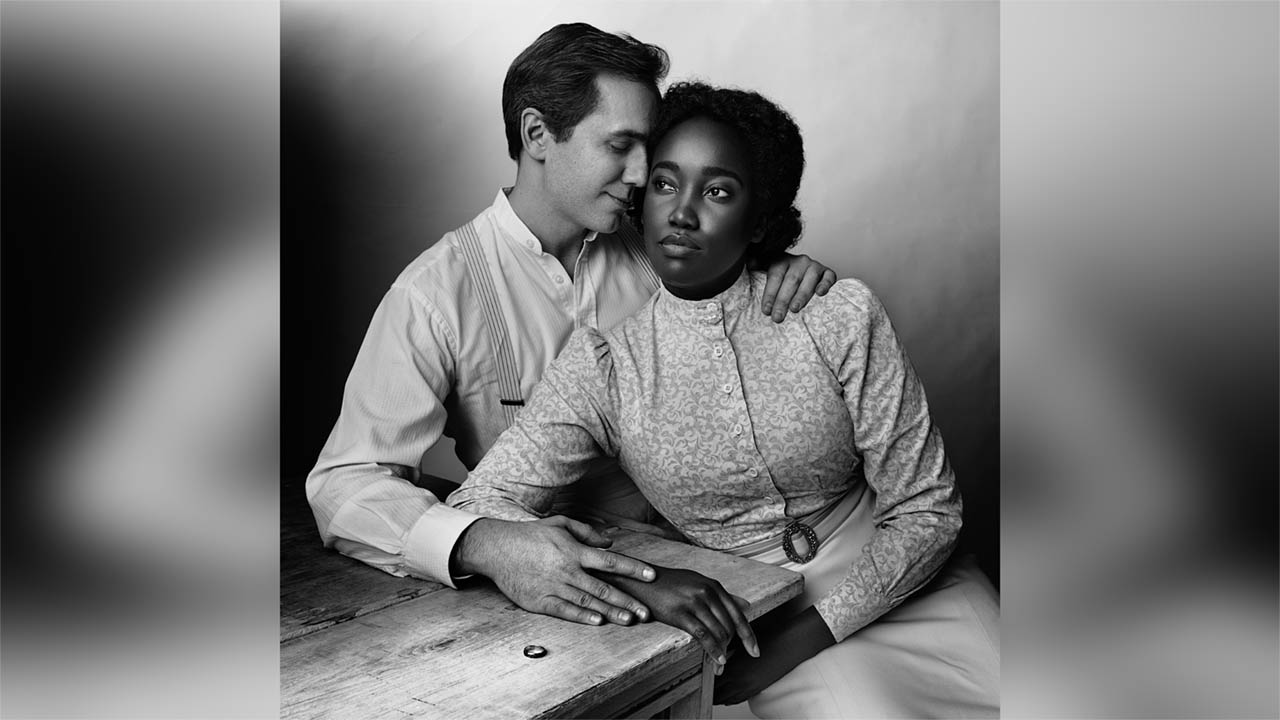Get to Stratford to see The Wedding Band
 CREDIT: TED BELTON
CREDIT: TED BELTONCyrus Lane (left) and Antonette Rudder perform in The Wedding Band, a play set in South Carolina in 1918 about an interracial love affair in a time of legal and cultural racism.
This summer, I had the pleasure of visiting Stratford, Ont. to see The Wedding Band as part of the annual Stratford Fest.
Antonette Rudder’s (Julia Augustine) acting at Stratford’s Tom Patterson Theatre captivated the audience’s attention as she performed a compelling love story alongside Cyrus Lane (Herman). The play, written by Alice Childress, highlights a love between an interracial couple which was considered an illegal affair in South Carolina during the early 1900s.
The stage at the theatre sat in the centre of a semi-circular seating area for patrons, which created a close look upon the actors. The set was built in such a way where Julia’s bedroom was on an elevated platform, and just one step down was what I understood to be a backyard where her neighbours would gather.
In the play, Julia, a Black seamstress rents a house in a neighbourhood known to be an “out-of-the-way” area. What follows is a story about more than the love that Julia and Herman create, but also the love for Julia’s neighbours, and the heartbreaking truth of a couple who feel the need to hide their love. In the beginning, Julia is even hesitant to tell her neighbours about her love affair with Herman, a secret she keeps for over 10 years. When she does tell her neighbours, their cold and uncomfortable reactions are truthful to the era the play takes place in. They quickly shut down Julia’s conversation as they want nothing to do with something that, at the time, was considered a crime.
On the night of Julia and Herman’s 10th anniversary, the couple decide to make their way to New York, where it was legal for them to marry and where they would no longer have to live a life where their love must be kept a secret. As Herman only has enough money for a ticket for Julia at the time, Julia goes on without him to prepare their new home, while Herman stays behind to save money at their bakery in South Carolina. It begins to become clear that something is wrong with Herman. At the very end of Act One, Herman falls to the ground.
As Act Two begins, we learn that Herman has contracted influenza. Julia returns from New York and as the production comes to an end, Julia gives one of her neighbours two tickets to New York, which Herman has somehow found the money for and mustered up the energy to go and buy. Not only does Julia give her neighbour the tickets, but she also gives her neighbour the necklace that she wears around her neck, which has Herman’s ring looped into the chain, symbolizing the union of Julia and Herman. The production ends with Julia painting a picture with her words to Herman (as he’s quite literally on his deathbed) of what it would be like waving from a boat goodbye to their loved ones.
With such an amazing storyline, I wished there was a little more clarity on what happened next for Julia. Quite honestly, when I saw she gave her necklace and both tickets to her neighbour, I interpreted that she wanted to die at the same time as the love of her life. Whilst it could seem morbid, why else would she give the necklace away? If she wanted to stay alive, wouldn’t she want to keep the necklace that symbolized their love, and also as a reminder of him? That said, my companions had a different interpretation of what came next for Julia.
Aside from wanting more from the ending, the overall production was extremely well done. The talented cast painted a picture with their performances, and I couldn’t end this review without praising their outstanding voices that the audience heard when they sang. Additionally, every actor added to this story and created a relatable support system as to what Julia had. I would recommend this production to anyone who has the chance to go and watch, but to be aware of the slight cliffhanger that it ends with.
The Wedding Band is on stage between June 20 to October 1 and is just a one-hour train ride or 30-minute car ride away from London.















